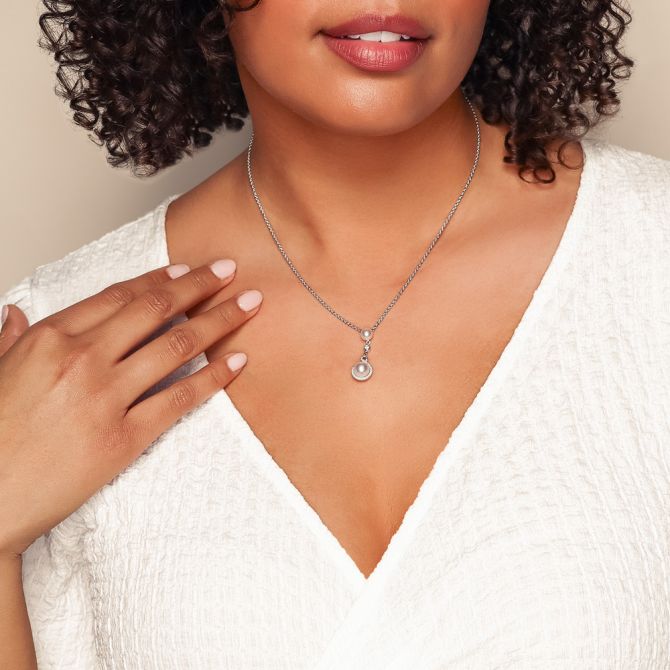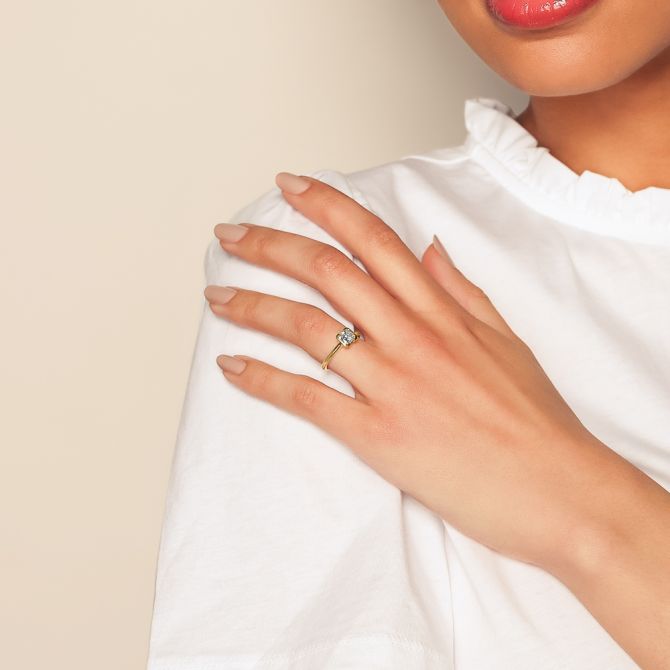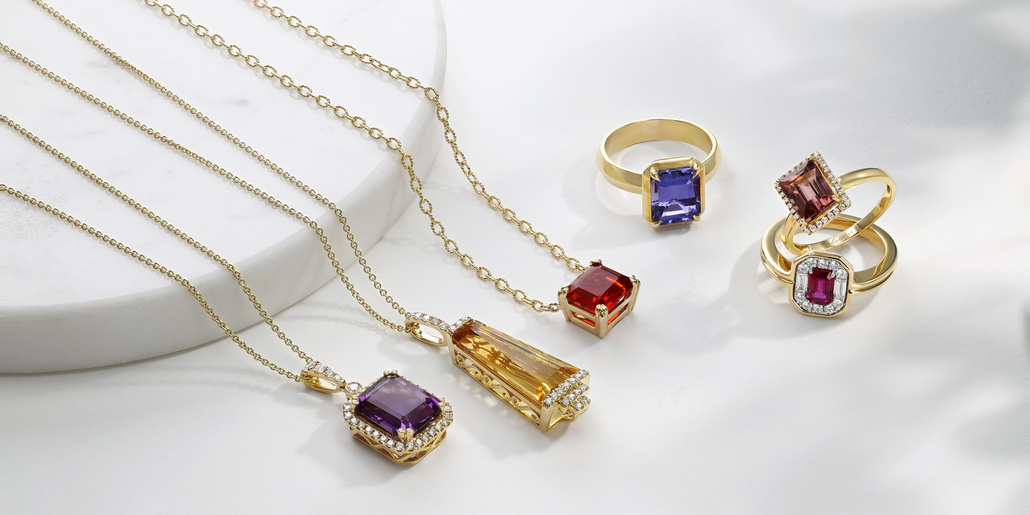Diamonds set the standard for hardness, but they’re not the only stones worth considering. Learn why hardness matters to consumers, like you, and how other precious gemstones measure up—all in one place.
What Is the Hardness of Gemstones?
Hardness refers to a gemstone’s resistance to surface scratching, not to be confused with toughness (resistance to breaking or chipping). It indicates how well a gemstone stands up to everyday abrasions, from brushing against other jewelry to contact with surfaces.
Gemstone hardness is measured using the Mohs Scale of Hardness, a ranking system developed in 1812 by mineralogist Friedrich Mohs. The scale ranges from 1 (very soft) to 10 (extremely hard), with diamond—the hardest natural material—sitting at the top. Here’s a quick overview of some popular gemstones and their positions on the Mohs scale:
10: Diamond
9: Sapphire and Ruby (Corundum)
8: Topaz
8: Spinel
7: Amethyst and Citrine (Quartz)
6.5-7: Peridot
6-6.5: Moonstone
5.5-6.5: Opal
2.5-4.5: Pearl
It’s important to note that the Mohs Scale isn’t linear. The jump in hardness between minerals near the top of the scale is far greater than those near the bottom. For example, while corundum (sapphire and ruby) ranks at 9, diamond (10) is many times harder—not just one step above. This exponential difference is especially important when considering gemstones for daily wear.
A gemstone’s hardness directly affects both its durability and maintenance—two factors that influence how well your jewelry holds up over time.
Hardness becomes especially important depending on how and where a gemstone is worn. Rings and bracelets, which come into frequent contact with surfaces, benefit from harder gemstones (7 and above). Earrings and pendants are exposed to less impact, allowing for softer stones like moonstone or opal to shine safely.

The hardness of a gemstone also affects how it should be cleaned and maintained. Soft gems (Mohs 1-4) require gentle cleaning with mild soap and water. Harsh cleaning methods or abrasive materials can cause significant damage. Hard stones (Mohs 7-10), like diamond, sapphire and ruby, are more resistant to scratches and can usually withstand ultrasonic or steam cleaning.
When shopping for gemstones, consider these tips to ensure your jewelry fits your lifestyle and needs:
- For daily-wear jewelry like rings or bracelets, choose gems with a Mohs rating of at least 7. Softer stones are better reserved for occasional use.
- If you love a softer stone, work with a jeweler to design a protective setting, like a bezel, to reduce the risk of damage.
- Think about how much effort you’re willing to put into maintenance. Harder stones are generally low-maintenance, while softer ones need extra care.

Curious about your birthstone’s hardness? Visit each one’s profile to learn more about its hardness, color, meaning and more.
Get to know your jewelry better with help from our expert Jewelry Education guides.

